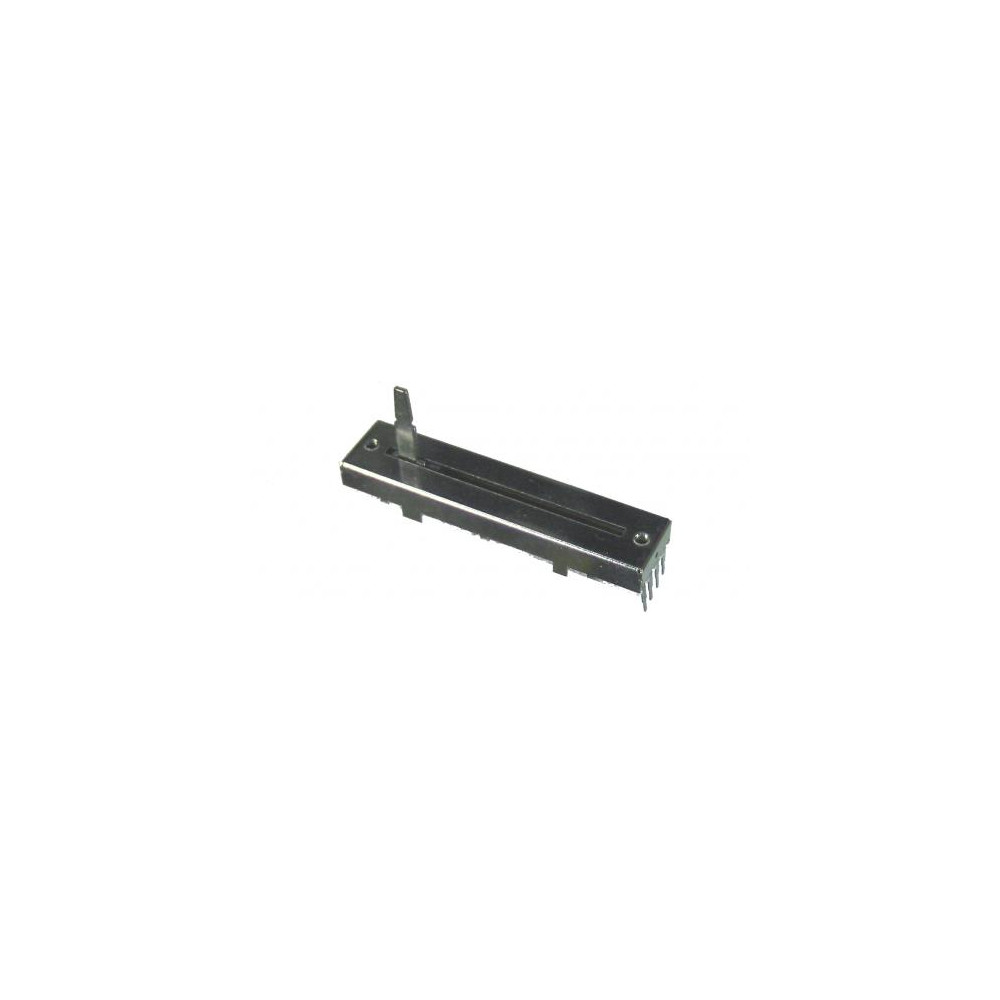What Is A Fader On A Mixer
The fader (present in small mixers as a level or volume knob) is used to set the volume of that channel's signal in the mix. It is the most basic component in any channel strip. Faders are essentially volume sliders, set in a logarithmic scale of dB (if you don't know what that means, ignore it). A slider device on a DJ mixing board that moves between the mixer's channels. That DJ was cutting it up, movin' the fader back and forth. By Jack Batemaster January 07, 2004.
Control Surface With Motorized Faders
Right, I'm sure this has been asked before and knowing my greenhorn luck it's one of those massive industry wide discussions that nobody agrees on.
I'm doing a degree in studio and live (don't judge me) and our live sound tutors have both taught us to mix using gain pots to get a rough mix done during soundcheck with all faders at 0. However my inner studio guy is screaming that this is incorrect gain structure and isn't optimal for correct performance. I've also experience issues with triggering dynamic control given that the signal level is often too low.

However, these methods seem to be common in the industry from what I've researched, Dave rat appears to use a similar system in his explanation of gain structure video and my tutors are pretty seasoned industry professionals and currently on tour over our summer break (worked with Elbow, Slayer, Marilyn Manson, Kate Nash, Westlife and Snow Patrol off the top of my head collectively). I know I'm taking a small view here as I'm still not fully versed in industry names. Is this something that becomes more viable in bigger venues (my 'in house' position is in a pub) as you require a bit more gain to drive the signal through the entire venue through various delay stacks and shit.

So reddit, I'm guessing this is going to be either a landslide of 'gain structure dickhead' or a mixed bag of replies, which is the most optimum method here? Corporate computer security boyle, randy, raymond panko answers.
In this instructable I am going to go through all the control features found on most mixers (mixing consoles, mixing desks, audio consoles, soundboards - they all refer to the same thing). I will start with the absolute basics:
What is a mixer?
A mixer, in its purest and simplest form, combines or meshes an array of inputs into a few controllable outputs (hence the name, MIXer). It is pretty much universal that mixers will have at least a volume control on the output. The vast majority will have volume or 'level' controls on each input, or 'channel.' A great many still will have a variety of controls on each channel, from gains or trims to EQ and aux'es and buses and PFL's and more; don't worry though - I will go through each of these at least briefly.
When a new sound guy looks at a mixer for a large church, per se, he may feel overwhelmed by the oceans of knobs that may or may not be there. But here,I will explain what these knobs do, and you will actually find them to be overwhelmingly simple.
The first thing you need to know is that I will be dealing with moderate to large mixing desks and sound boards, with at least 10 channels (available inputs) or more. These are what you will see if you want to 'run sound' for a church or venue or record music of bands, etc.